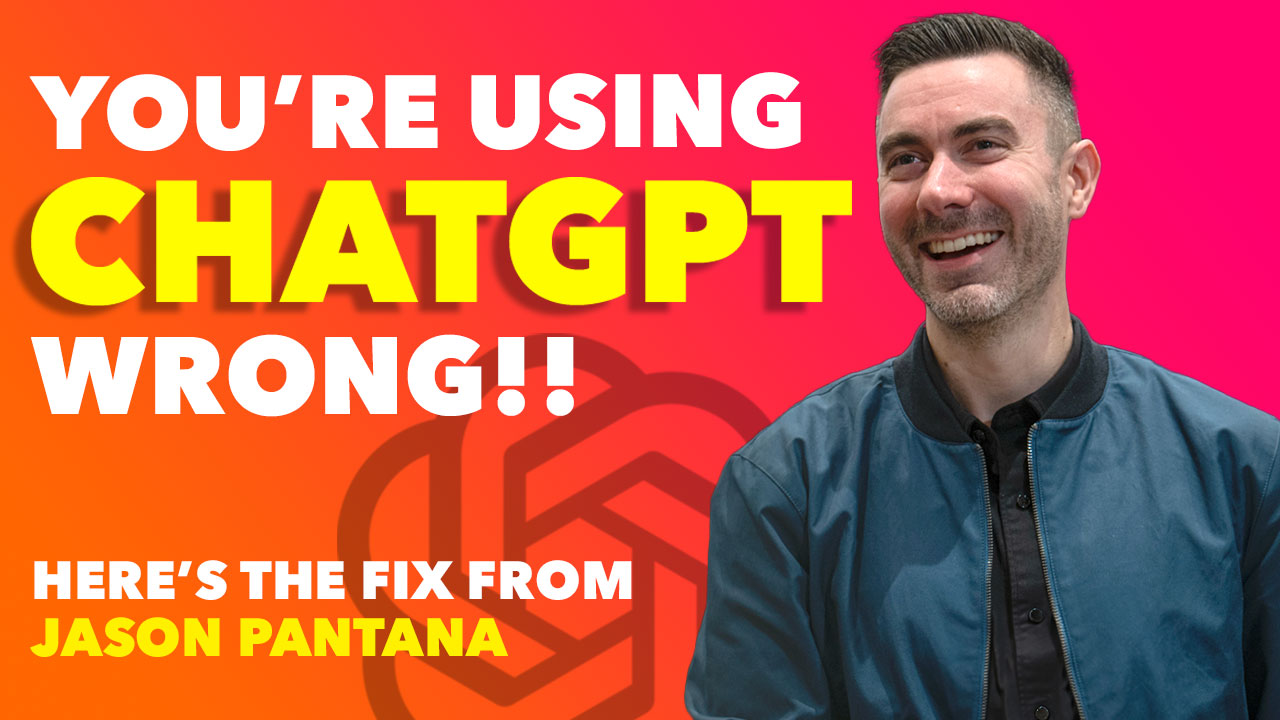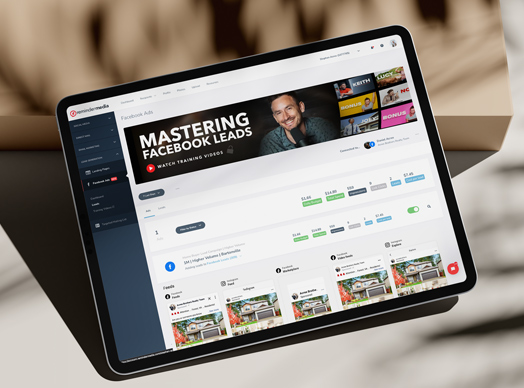Search Engine Optimization (SEO) can be a bit overwhelming—even reading through the basics can seem like you’re reading a foreign language.
I can’t promise to make SEO simple. Too much goes into search engine rankings for that. (Some estimate that Google uses 14,000 factors in their algorithm.) But that doesn’t mean you need to feel helpless, either.
In this article, I’ll explain basic SEO principles in plain English, and I’ll give you a few suggestions on how you can get started yourself. To keep things simple and actionable, I’ll stick to a few key points. If you want to take a deeper dive into SEO basics, Google and Moz have excellent guides.
Understanding SEO
SEO is often described as a process designed to make your website visible when people type relevant terms into a search engine such as Google, Bing, or Yahoo.
To be more accurate, SEO involves several processes. Simply adding keywords to your pages will not produce significant results, since keyword usage is only one of several factors search engines use to rank pages.
These factors can be broken into two categories.
On-page factors are related to the web page itself. These includes things such as the content on the page, the code used to build and display the page, and the way the site is organized.
Off-page factors involve things that happen outside of your web page. These include things like the number of links pointing to your page from other websites, the type of sites that are linking to your page, and how many times your brand is mentioned online.
Where to start
So, now that you have an overview of what SEO is, how can you use it to start getting more traffic?
As I mentioned before, a lot goes into SEO and some of it gets pretty technical. If you look at it all, it’s easy to get overwhelmed. Instead, start your efforts with just a few key strategies.
1. Submit an XML sitemap to search engines and directories
I know—this sounds technical, and I promised to keep it simple and use plain language. Submitting a sitemap is actually not as hard as it sounds.
A sitemap is simply a file that lists the pages of a website along with information about how these pages are connected and organized. XML is the format this file needs to be in for search engines to make use of this information.
Plenty of sitemap generators are available and will do the hard work for you. A quick search should turn up options. If you use WordPress, you can search plugins for this function.
With your sitemap generated, it’s time to let the search engines know. Here are directions for how to submit your sitemap to various search engines.
2. Set up Google My Business
Google put together this suite of tools for local businesses. Local SEO is great because it helps you rank higher and delivers more relevant traffic to your site. Best of all, signing up is free. Listen to this Stay Paid podcast episode to get expert advice from Jason Pantana for setting up your page. (Jason is among Tom Ferry’s most in-demand business and real estate coaches.)
3. Update your site’s content regularly
One of the ways search engines judge the quality of a website is by how often fresh, unique content is added or existing content is updated. Blogging is a great way to keep a website updated. Other ways you can add content include client reviews and ratings, press releases and other news updates, and forums.
4. Focus on the user experience
Most of the factors search engines use to rank pages are designed to give searchers what they’re looking for. That’s why you should focus first on meeting the needs of your site’s visitors with high quality content, great design, intuitive navigation, and fast-loading pages.
Think about what people are searching for, and then craft your content around that. Are they looking to learn more about a short sale, for example? Or are they interested in the best neighborhoods in your city? Maybe they are looking for real estate agents specializing in some particular area. Use the words and phrases that they use and provide the answers they need.
Hopefully you now have enough information to get started with your SEO efforts and won’t need to pay for outside assistance.



















